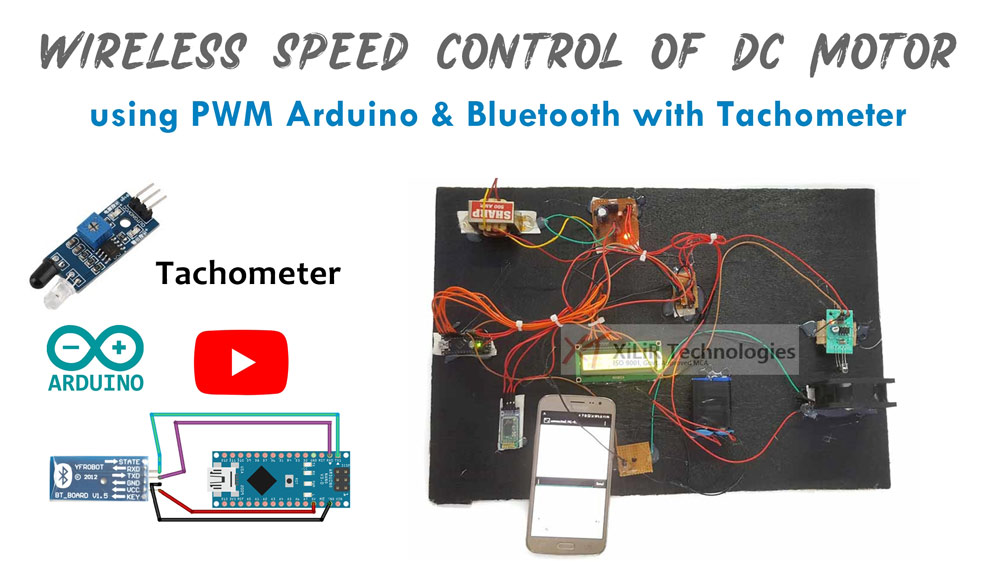How to control a motor speed using PWM in Arduino Circuit Diagram In this guide, you'll learn how to control the speed of a DC motor with Arduino using the powerful PWM (Pulse Width Modulation) technique. PWM is a highly efficient method for adjusting motor speed, allowing you to precisely control the rotation speed of your DC motor, from a complete stop to full speed.

In this tutorial, we'll guide you through an innovative engineering project to control the speed of a high RPM DC motor using PWM (Pulse Width Modulation) with an Arduino Uno, a TIP122 transistor, and a 16×2 LCD display. This project is designed for engineering students and hobbyists seeking hands-on experience with Arduino and electronics. Arduino varies speed of DC Motor using PWM and measures its RPM using optical sensor and displays them on LCD DC Motor speed control and measurement Feb 16, 2020

ACS712 Current Sensor with Arduino Circuit Diagram
Learn how to control DC motor speed and LED brightness using PWM (Pulse Width Modulation) with Arduino. See circuit diagrams, programs and examples of PWM control using arduino. For higher rated voltage/current you need to use motor driver IC like L293D. See DC Motor Control using ATmega32 and L293D for example. Video demonstration of Potentiometer controlled PWM signal generation using Arduino to control the Speed of a DC motor. The video below demonstrates how we can use a potentiometer to control speed of DC motor

Setting Up the Basic DC Motor Control Step 1: Connect the Components. Hook up your Arduino Uno to the breadboard. Connect the DC motor to a PWM-capable pin (e.g., pin 9 or 10). Add a flyback diode across the motor terminals for safety. Step 2: Arduino Code for the PWM Signal. Here's the Arduino code snippet to control motor speed:
DC Motor Speed Control Using Arduino, PWM, and TIP122 Transistor with ... Circuit Diagram
Arduino PWM Motor Control DC Motor Speed Control - Download Program. Download Program/Code. In the beginning of the code two integers are declared by name "out1" and "val", where out1 is equal to 9 which shown that pin D9 of Arduino is used as output pin (or PWM pin). Moreover, data coming from the serial monitor saved in the second So depending on the size of the motor, we can simply connect an Arduino PWM output to the base of transistor or the gate of a MOSFET and control the speed of the motor by controlling the PWM output. The low power Arduino PWM signal switches on and off the gate at the MOSFET through which the high power motor is driven.
